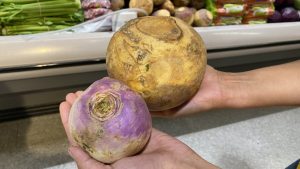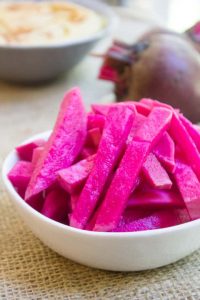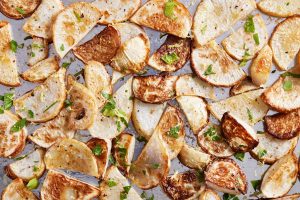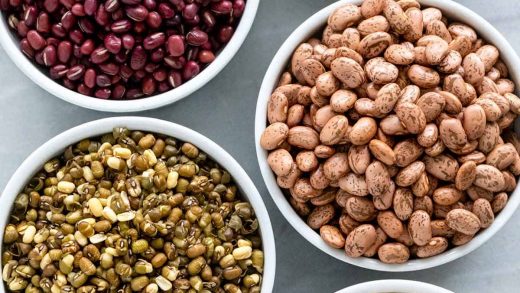As we slog on through the winter months, root vegetables are often highlighted in many home recipes. Because they can keep, we think of warming soups and stews full of potatoes, carrots and onions. Here are some less well-known roots you should explore these days. These would be common for our grandparents, especially if they were poor and from the Eastern states.
Turnips are round tap roots, white on the bottom and purple on the top. They are in the same family as mustard and radishes. There are many varieties. Larger ones are used for animal feed. Small turnips are the style we most eat. Many varieties are raised just for the greens, which taste similar to cabbage. Some common greens varieties going by other names are rapini or broccoli rabe and Chinese cabbage. Another root variety is the rutabaga.
The greens are prepared the same way you’d cook spinach, chard, collard or other greens. These greens are high in vital nutrients.
The root part, however, has very little nutritional value. The taste is pungent like a radish but becomes mild with cooking.
Shopping and Preparing
Look for smaller turnips that are firm and feel heavy for their size. If the greens are still attached, even better.
Trim off the tap root from the bottom and the stalk end. Peel, like a potato, and slice thinly, like an onion.
Pickled turnips are common in Japan, Lebanon and in other Asian countries. Pickled turnips are very good in a stir-fry.
Cooking
Boiling is the most common way to cook all root vegetables, and it applies to turnips as well. Bring a pot of water and sliced turnips to a light boil and cook until the pieces are tender. Test this by sticking a sharp knife into a large piece. If it doesn’t go in easily, it’s not done. Boiled turnips are used in the Middle East as a cure for fever.
For another low-fat version, steam the turnip slices until fork tender, about 10 to 12 minutes.
I know it’s the wrong season to think about grilling. But if you want something different on the barbie, how about grilled turnips? Steam the slices first for about five minutes. Cooking them the full time on the grill will only work if you have a very low heat. After steaming, lay the slices out over medium high heat for about two minutes per side, until nicely browned and tender.
Sauté turnip matchsticks in a mix of a teaspoon each of butter and extra virgin olive oil over medium heat. Stir frequently until tender, about 12 minutes.
A no-fuss method is to roast turnip slices in the oven. Preheat it to 500º and lay out the slices in a single layer on a baking sheet. Coat with extra virgin olive oil and bake for about 15 minutes or until tender. Turn the slices over about halfway through.
Learning about all the different ways you can prepare vegetables will make them better tasting and more appealing. We all need to eat more vegetables and finding new ways to cook them helps get those valuable nutrients into our bodies.






